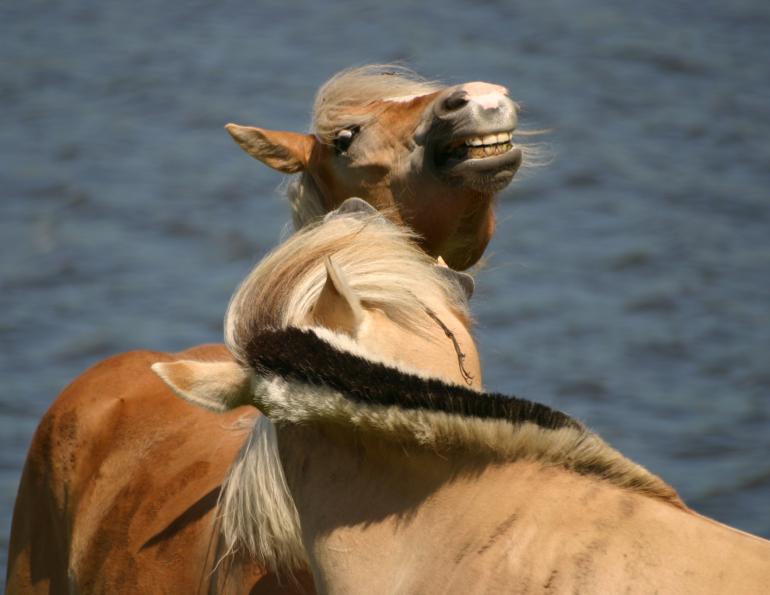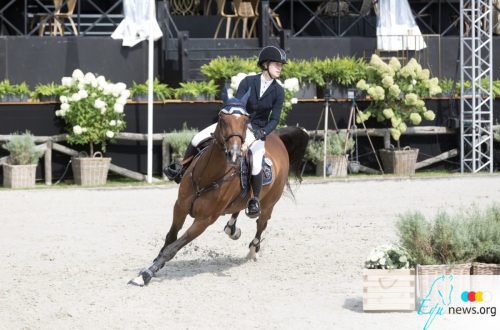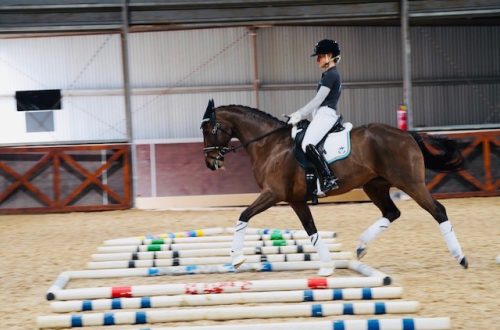
Тачка гледишта: коњ са "тврдим" устима или "тврдим умом"?
Тачка гледишта: коњ са "тврдим" устима или "тврдим умом"?
Most people who are into horseback riding or equestrianism have at some point in their equestrian lives encountered hard-mouthed, hard-mouthed horses. There are many ways and devices designed to solve this problem, but I think that much more useful than a new strict snaffle would be to understand how the horse’s mouth became “hard”.
Rough handwork by the rider, improperly fitted bits or ill-fitting harness, neglect of dental checkups and treatments, and potential injuries to the horse’s mouth can all play a role. I am convinced that it is worth talking not about the “hard mouth” of the horse, but about its “hard mind”.
The first thing to consider is that the horse is only half the equation. If the rider has stiff hands, the horse has no choice but to get used to too much pressure on his mouth. And this not only damages the horse’s mouth, but also tires his mind. Let’s say you always stop the horse by pulling on the reins as hard as you can. What are you teaching her? Because anything less than that pressure means not stopping. This is how you set and secure the minimum amount of pressure required. Over time, your horse will become so tight-lipped that you won’t be able to apply enough pressure to stop him! Eventually, you will need stronger and more rigorous fixtures to get the horse’s attention. Constant pressure on the mouth makes your horse’s mind “hard”.
The equipment we use is designed to cause pain or discomfort – that’s how we get the horse to respond to the pull on the reins. And all too often the hands that use this equipment are not trained enough to use it properly. A horse can show discomfort in many ways. She can open her mouth, but we tighten it with a capsule. She can raise her head, but we will twist her neck with a dowel. It may rest on iron, but we will lean back against it. Each form of horse evasion faces some form of punishment; but really all we have to do is go back to find the cause of the resistance!
If your horse works well with the snaffle when you are not pulling on the reins, then it is possible that you are causing him stress. If she constantly chews on the snaffle, she may not like your choice of iron. Just because you like a particular snaffle doesn’t mean your horse will like it too.
If a horse’s teeth need help, his jaw won’t work properly. Her jaw must move back and forth and side to side in order to properly chew her food. If the condition of the horse’s teeth does not allow his jaw to do this correctly, then it will cause pain, even if you do not pull on the reins, and the horse likes the snaffle.
If a horse has a mouth injury, you need to get to the bottom of the problem and do whatever you can to help the horse deal with it. Understanding how different types of snaffle affect different parts of the mouth will help you determine how to make your horse ride more comfortable.
If for some reason your horse still has a hardened mouth and mind, do not give up. Before you can soften the horse, you must soften yourself! You have to work on your hands and they will only become soft when you are ready to accept and appreciate less effort on your horse’s part. When you start rewarding her with more for less, she will become more responsive to signals.
Often hard-nosed horses lean on a snaffle. If you do not give the horse support, he will stop trying. Soften the “contact”, let the hand be sensitive – do not let the horse look for a fulcrum in you.
To make a horse soft, you may have to work harder than he does. The tension on the rein can be intense, but the duration should be short. When you ask your horse to relent, you should only ask him to respond with feeling. It comes down to holding the rein with your thumb and forefinger and lifting it up until you can feel the snaffle. Your horse doesn’t need to be on the snaffle, you just need to feel enough pressure (reins taut but not tight). If the horse is not responding to your request, begin to close your toes – this will increase the pressure. If you still don’t get a response, gently pull back on the reins. If the horse still doesn’t want to listen, bring your elbows into your body and lean back a little, using your body to increase the pressure. The horse needs to understand that you are offering him the best deal. If she does not accept your offer, she will realize that she is hitting a wall – the increased pressure you have created. Repeat these steps and be very careful each time you pressurize. Give the horse time to respond! There is a certain delay in reaction after you have given the signal to the horse, so take your time and do not move to the next level of pressure too quickly. You need to wait for a response from the horse: either he will react a little (reward him), or ignore you and continue moving (increase pressure).
You will need to notice and reward small efforts on her part. If you feel that the horse is reacting to your actions, but very little, be happy. Once you get the horse’s initial attempts to give the correct answer, soften and soften the request. As you start asking for less and less, you will become more aware of your horse’s small responses. You will, in fact, be with her more consonant. As a result, you will be able to work in harmony with it.
It doesn’t matter if you ask the horse to stop or want him to accept the snaffle. If the horse softens, soften yourself even more. If she resists, you become stronger than her. You should always be either softer or stronger than the horse, but never “coincide” with him in your action. The goal is to get the horse to respond not quickly, but gently. Speed will come with confidence and consistency.
Will Klinging (извор); превод Валерија Смирнова.





